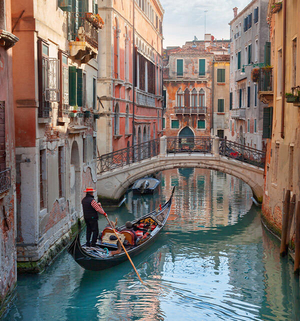Laodikeia Ancient City Skip-the-Ticket-Line Ticket
Laodikeia Ancient City Skip-the-Ticket-Line Ticket
Non Refundable Reservation
Skip the Ticket Lines
Customer Support
Explore the ancient city of Laodikeia, rich in history and religious significance. Discover its well-preserved ruins, including Anatolia's largest stadium, two theaters, and the famed Church of Laodikea from the Book of Revelation.
About this activity
Duration
Flexible
Highlights
- One of the seven churches of Asia, significant in early Christianity.
- Explore the largest stadium in Anatolia, two theaters, and the grand Syrian Avenue.
- Visit the Church of Laodikea, an important pilgrimage site.
- Discover its role as a hub for textile, marble, grain, and livestock trade.
- Recognized as a UNESCO World Heritage Site for its rich history and culture.
Description
Includes
- Laodikeia Ancient City Entrance Ticket
How It Works
- Opening Hours: 08:00 - 19:00 daily
- Location: Goncalı Mahallesi Yanı, Pamukkale/Denizli
- Next-Day Purchase: If your purchase is for tomorrow, your ticket will be sent to you by early morning.
- Future Date Purchase: If your purchase is for a future date, since tickets have expiration dates, you will receive them the day before your service date.
- Your tickets are valid throughout the opening hours.
Select Service Date
Select Service Time
Select your option
Can be booked for up to per booking
Cancellation policy:
- Non-refundable
Selected
Select Persons
Total Price
TRY0.00
Write Your Review
Error Message
Message
© 2025, MegaPass










Laodikeia Archaeological Site near Denizli, Turkey, spans from the Chalcolithic period to the 7th century AD. Founded by Antiokhos II (261-253 BC) and named after his wife, Laodike, it became a prominent Roman commercial and religious hub. Its strategic location fueled its textile, marble, grain, and livestock trade.
As one of the seven churches of Asia, Laodikeia holds significant Christian importance. The Church of Laodikea, built during Constantine’s reign, became a major pilgrimage site in the 4th century AD. Despite earthquake damage in Emperor Focas’s era, its legacy endured.
The site covers 5 km and features notable ruins like the North Agora, Syrian Avenue, and Temple A. Syrian Avenue, a vibrant 900-meter street, connects monumental gates and reflects the city’s bustling past. The nearby Mount Honaz National Park adds natural charm, offering hiking and wildlife exploration.
Laodikeia blends rich history, religious significance, and natural beauty, offering visitors a captivating experience.